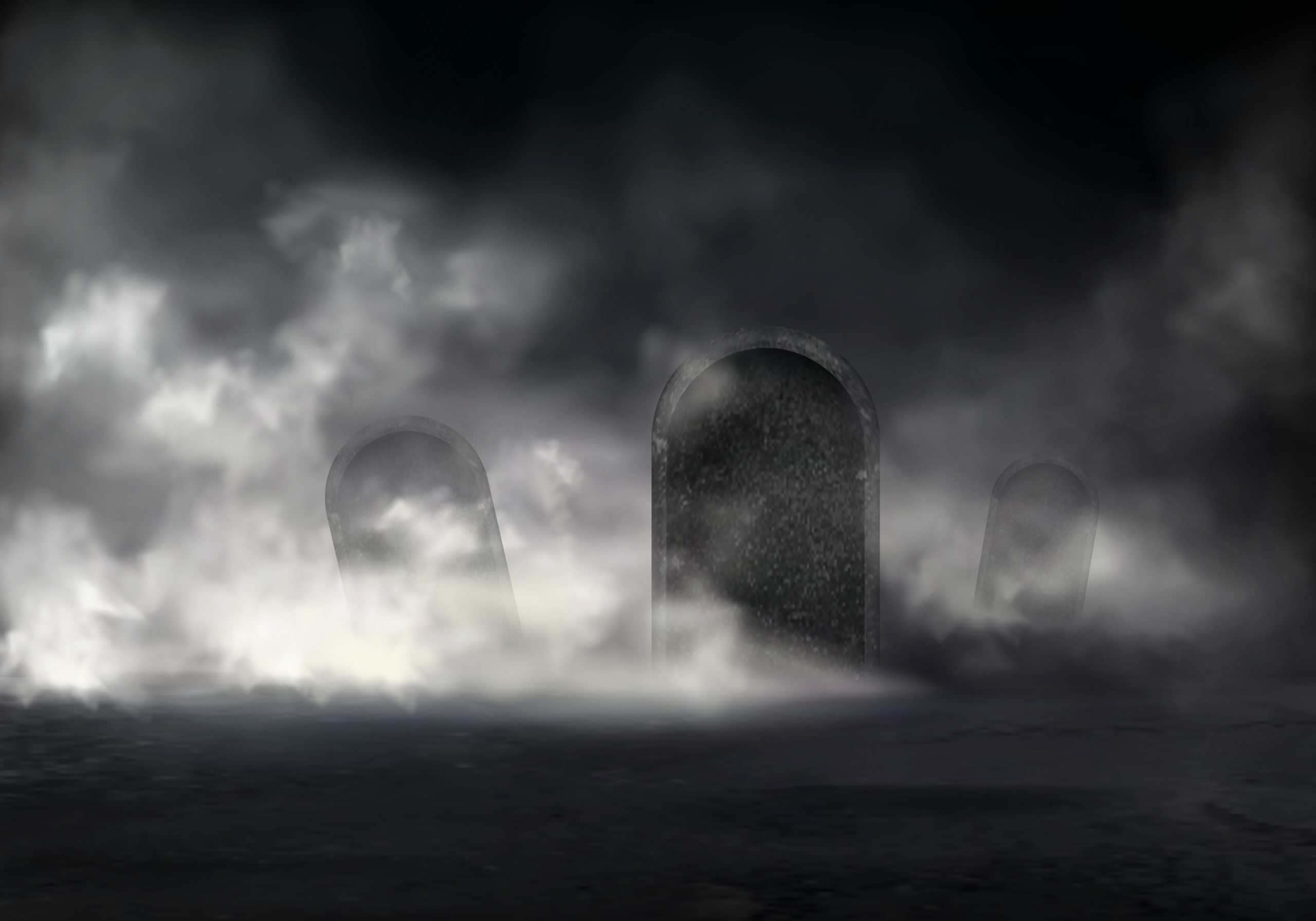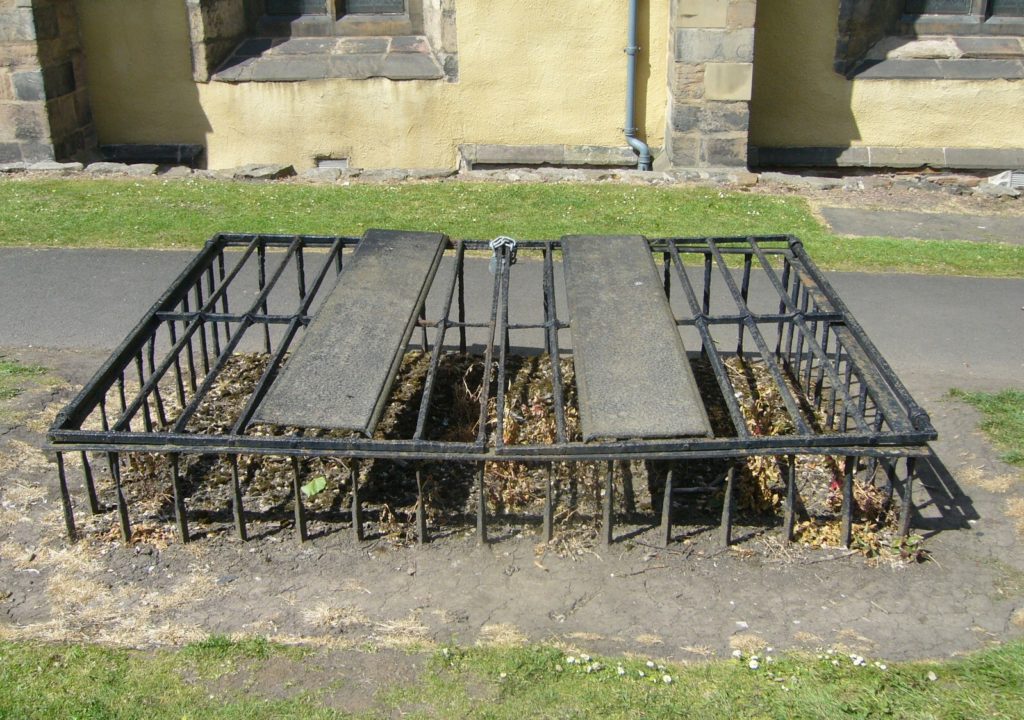Design Through Time
Mort Safes

Mort safes were designed for a very specific reason – to keep dead bodies safely in the ground! Invented around 1816 in response to the rapid rise in grave robberies, which supplied cadavers illegally to the medical trade, mort safes were readily snapped up by those who could afford them. Victorians were horrified at the thought of their dead ones being removed from their final resting places to be dissected on an anatomist’s table.
Made from iron or a combination of iron and stone, these heavy bodyguards were either buried in the ground above the deceased, or laid on top of the ground, weighing down and securing the contents below. This made stealing a body very difficult, due to not only the sheer size and weight of the mort safes, which would require to be moved to reach a body, but also the fact that a body snatcher’s shovel could not penetrate the ground beneath which the mort safe lay.
Designed in an oblong shape, like that of a coffin, iron bars would be criss-crossed, latticed, or overlapped in squares. The bars would penetrate deep into the ground to avoid dislodging. Often, stone tops would be added for extra weight. Graverobbers needed to be fast at their job, and this was a major deterrent. Not everyone could afford to buy mort safes, which ranged in price based on the style you chose. Those with vast amounts of money commissioned huge, elaborately ornate safes, but for most people, designs were simple. They were more interested in the function of the design, as opposed to its aesthetics.
If you didn’t have much money, you could opt to rent one for a week to 10 days, by which time, the cadaver would have sufficiently deteriorated in quality, rendering it unusable to the medical trade. Nobody likes a squishy corpse! If your family was so poor that even renting a mort safe was not financially viable, you could opt to guard the grave yourself, taking it in turns between you and your other family members to work the “graveyard shift”.

Words and research by Dark Dundee